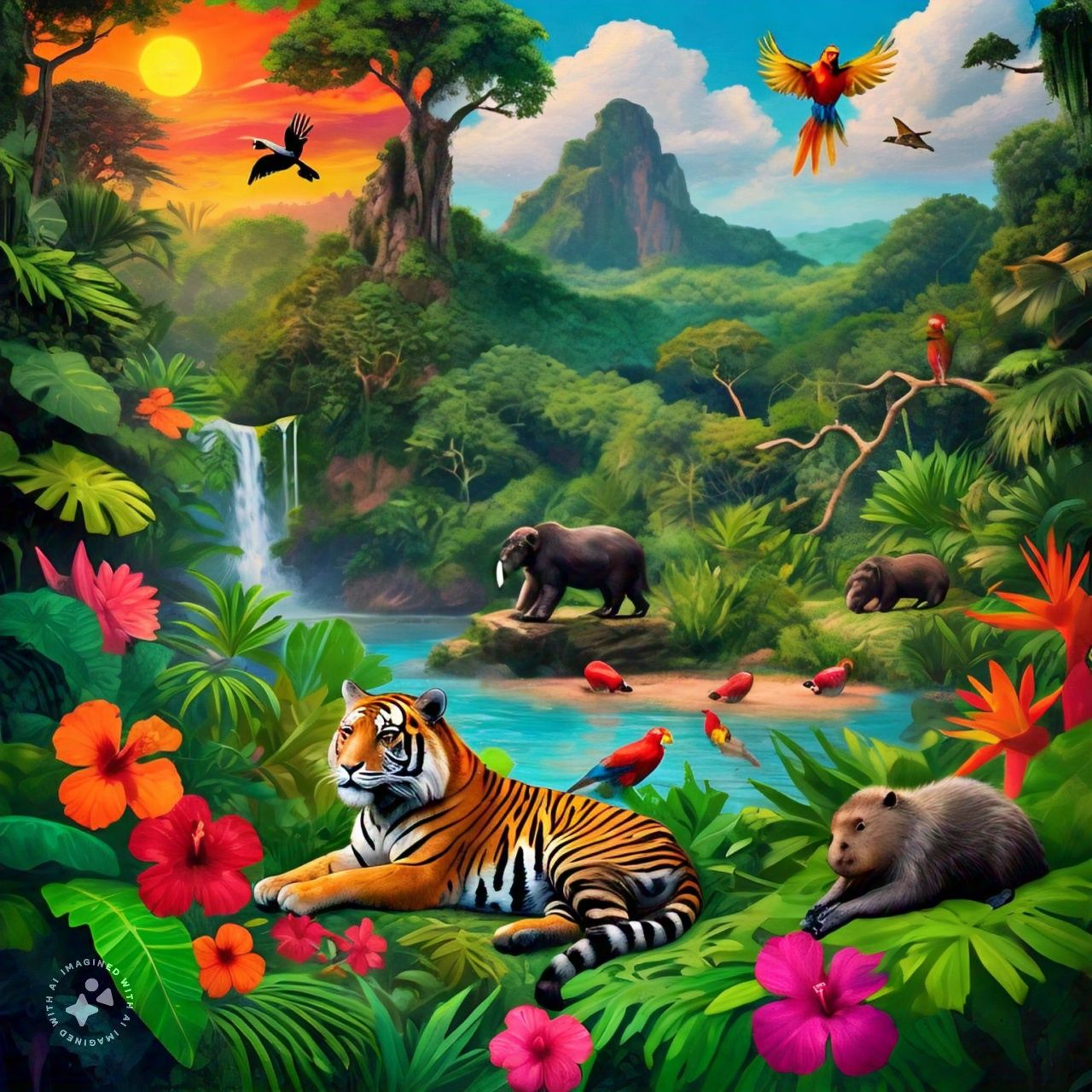
Detailed Article About Concept Map’s Addition of Keystone Species
Imagine an archway, grand and ancient, standing firm against the test of time. At its peak lies the keystone, a crucial element that locks everything in place. In the wild tapestry of our planet’s ecosystems, there are living keystones—species whose very existence is the linchpin holding diverse life together. These are our keystone species, and their story is one of balance, interdependence, and the delicate dance of nature.
Add Keystone Species to the Concept Map
A keystone species is one that has a disproportionately large effect on its natural environment relative to its abundance, often playing a critical role in maintaining the structure of an ecological community and affecting many other organisms in the ecosystem, thus helping to determine the types and numbers of various other species in the community.
To add a keystone species to a concept map, you would:
- Identify the keystone species within the ecosystem you’re mapping.
- Place it centrally or prominently because of its significant impact.
- Draw connections from the keystone species to various other species it influences, directly or indirectly.
- Label these connections with the type of interaction (e.g., predation, pollination).
A Cast of Critical Characters
Dive into the ocean, and you’ll find the sea otter, a charming but fierce guardian of kelp forests. By keeping sea urchin populations in check, these furry marine mammals prevent the underwater woodlands from being decimated. Buzzing above ground, bees are nature’s tireless workers, pollinating plants in a performance that sustains life across the globe. And let’s not forget the wolves of Yellowstone, whose return has rekindled old rhythms of predator and prey, restoring harmony to the land.
From Elephants to Prairie Dogs: Nature’s Architects
Across the savannas of Africa roam the mighty elephants, nature’s landscapers who shape their surroundings and create homes for others. In North America’s grasslands, prairie dogs are busy beneath our feet, their burrows breathing life into the soil. And in the lush rainforests, fig trees stand as year-round cafeterias for a host of hungry animals.
A Final Thought
Our keystone species are more than just animals or plants; they’re the glue that holds ecosystems together. Their loss can unravel entire communities, a stark reminder of our responsibility to protect these vital players. As we delve deeper into nature’s mysteries, let’s celebrate and safeguard these remarkable species—the unsung heroes keeping our world beautifully balanced.




